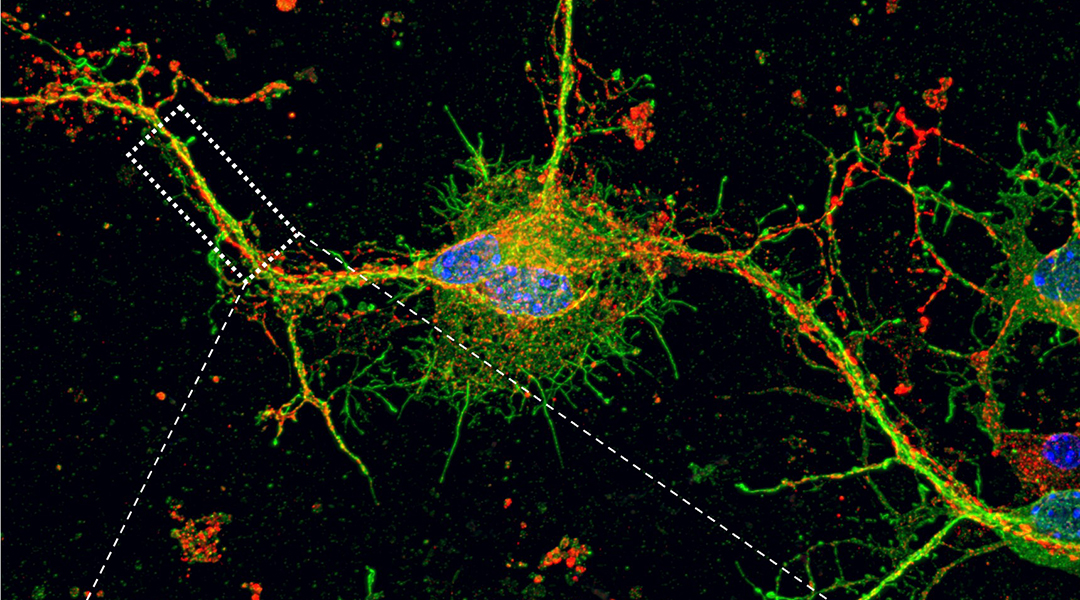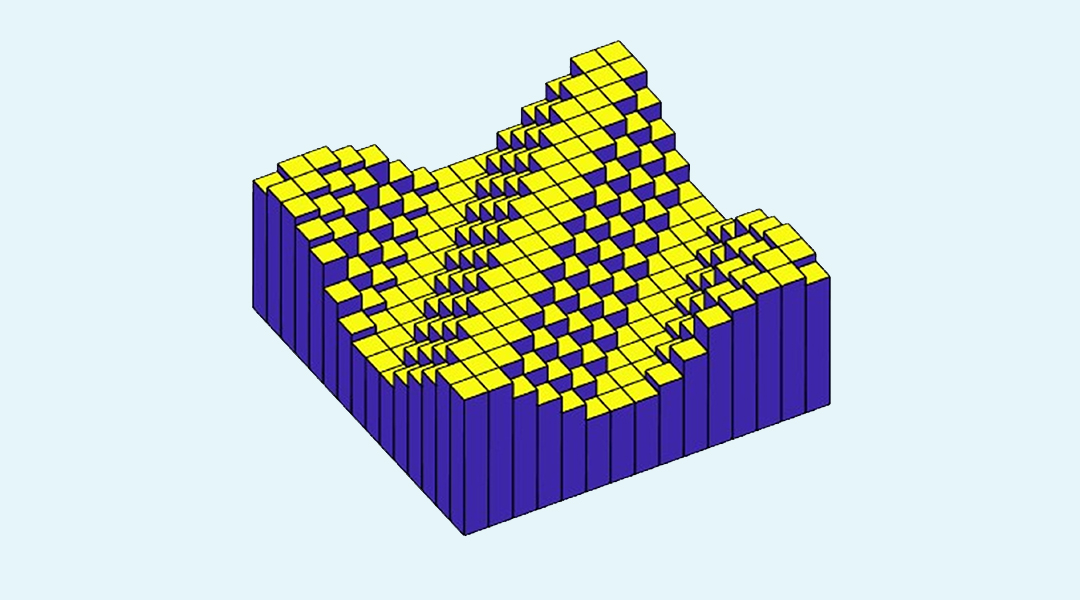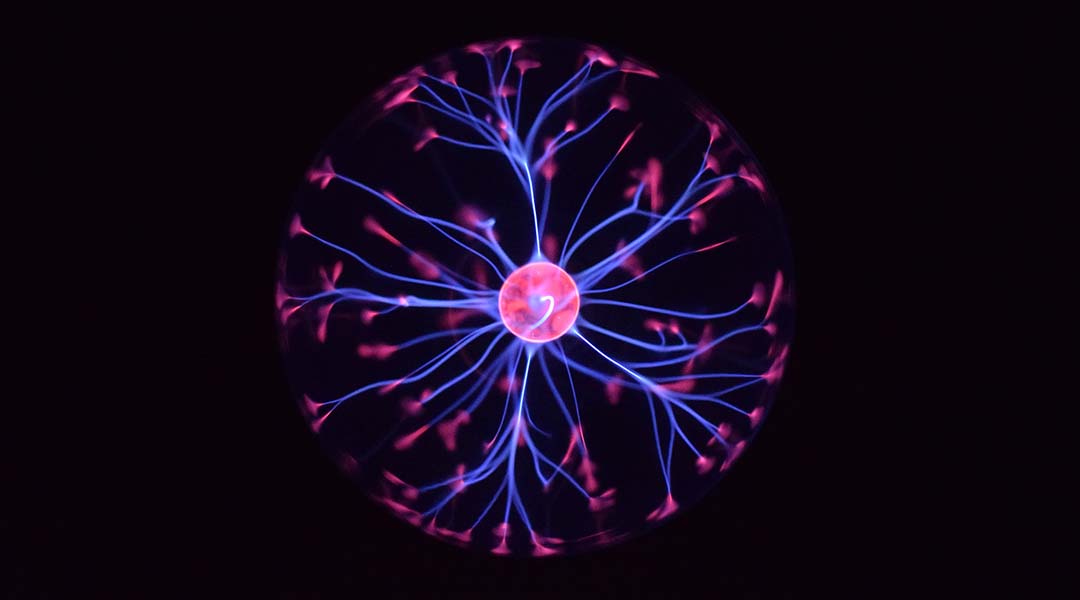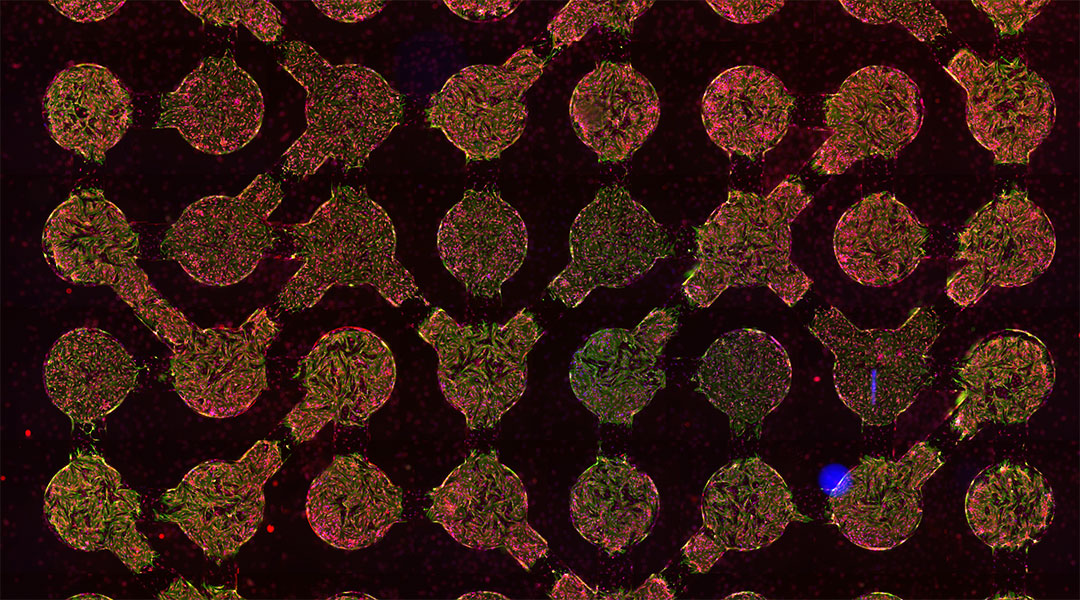To understand CBD’s impact and the risks associated with consumption, researchers explore how a fellow brain cell prevents toxicity in neurons.


To understand CBD’s impact and the risks associated with consumption, researchers explore how a fellow brain cell prevents toxicity in neurons.

High levels of nitric oxide, a signaling chemical in the brain, appear to contribute to the behavioral deficits observed in autism.

An optical device uses light-based signals for computation and communication and is a vital step toward advanced neuromorphic computers.

Mechanical metamaterials are finding application in data storage with benefits such as immunity to degradation and hacker protection.

A shape-shifting robot can access hard-to-reach locations in the GI tract, and is a step up from conventional endoscopic techniques.

A thin film composed of small magnetic whirls called skyrmions performs voice pattern recognition with an accuracy approaching 99%.

Chemist Hatice Mutlu applies zero-waste methods to create biodegradable polymers that can be used perpetually.

To make computers faster and more efficient, scientists are using the brain as a model in this blossoming area of computer science.

A biocomputer built from connected heart cells solves computational problems with high accuracy and at a low computational cost.

4D printing of metallic shape-morphing systems can be applied in many fields, including aerospace, smart manufacturing, naval equipment, and biomedical engineering.